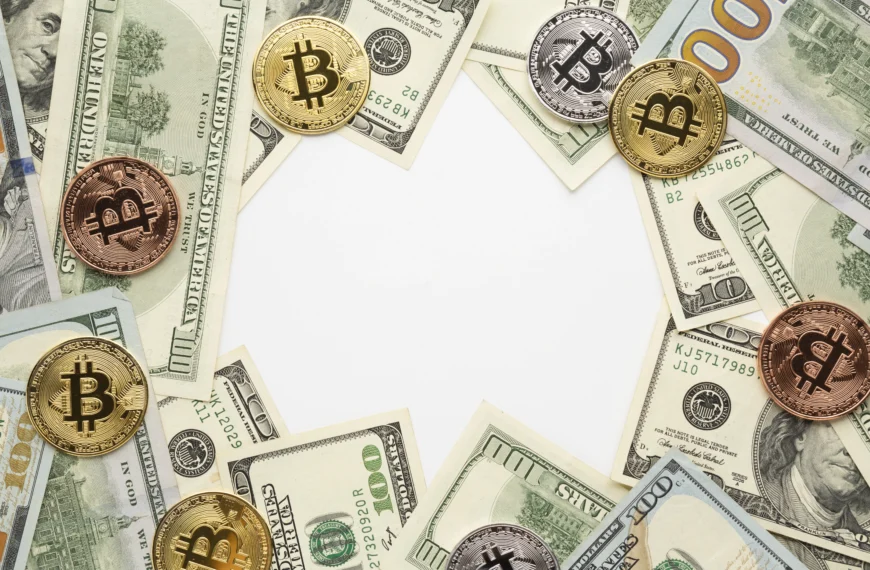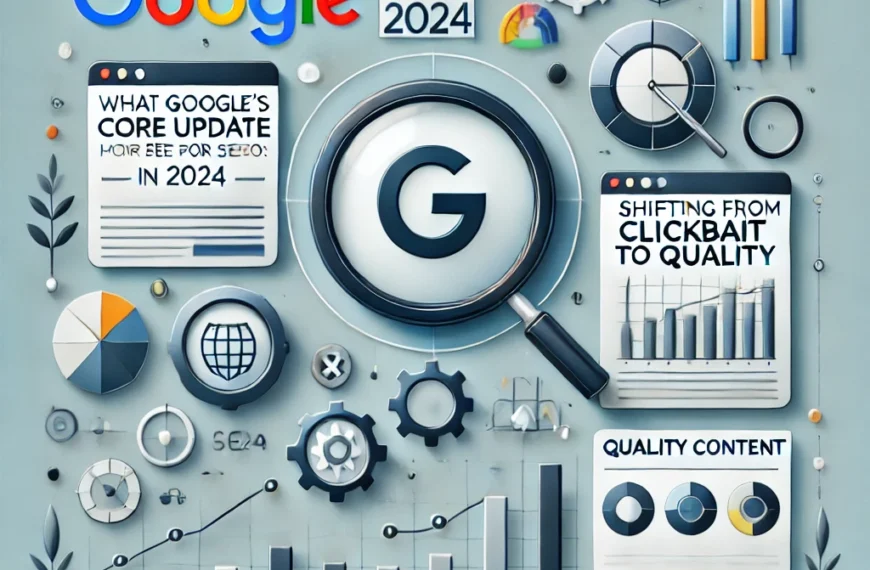Markets are tumbling, tariffs are climbing — and everyone’s asking the same question: Are we teetering on the edge of a 2008-style collapse?
What’s Behind the Market Mayhem?
Let’s start with the basics: April 7, 2025, was not a day for the faint of heart. If you checked your stock app, you probably wished you hadn’t. The S&P 500 slid a brutal 20% from its February peak, basically waving a red flag saying: “Hello, bear market!” Meanwhile, the Dow wasn’t feeling much better, dropping nearly 17% from its December high.
Table of Contents
What’s spooking Wall Street? Two words: Trump’s Tariffs. Investors are doing the financial equivalent of running for the exits, worried these aggressive trade moves could shove the U.S. economy (and by extension, the global economy) straight into the danger zone.
Tariffs, Tension, and Trade Wars — Oh My
If you thought tariffs were just boring policy details, think again. Trump’s administration has rolled out a sweeping set of new tariffs, essentially taxing a big basket of goods coming from major trading partners like China, Taiwan, and South Korea.

While raw semiconductors might have dodged the bullet, the finished products they power — servers, computers, gadgets galore — didn’t get so lucky. This has rattled supply chains globally, sent costs soaring, and left businesses scrambling for alternatives.
The result? A lot of panicked calls between CFOs, and a stock market that looks like it’s been on a roller coaster… without seatbelts.
A Brief Glimmer of Hope… and an Even Quicker Crash
For a hot second, it seemed like there was a light at the end of the tunnel. Rumours spread that Trump might hit the pause button for 90 days. Wall Street, desperate for any good news, latched onto the whisper like a lifeboat in stormy seas.
Cue the mini-rebound.
But before anyone could celebrate, the White House swiftly pulled the rug out from under those hopes. Economic adviser Kevin Hassett’s hint of a pause was quickly walked back. CNBC had to correct its report, and just like that, the markets resumed their plunge.
Moral of the story? In this environment, even hope has a short shelf life.
Tech Takes the First Hit — But Who’s Next?
If there’s one sector that’s been feeling the sting, it’s tech. Big names like Apple, Nvidia, and Microsoft — the heavy lifters of the S&P 500 — have seen their shares dragged down as the tariff troubles mount.
Also Read: Can Nvidia’s Stock Keep Climbing Despite Global Trade Tensions?
But it’s not just tech sweating it out. Manufacturing, retail, and even agriculture are bracing for impact. When tariffs ripple through supply chains, it’s not long before they touch nearly every corner of the economy. Today, it’s semiconductors and smartphones; tomorrow, it could be tractors and toilet paper.
No sector feels safe, and that’s exactly why markets are spooked.
Are We Heading Into Recession Territory?
Here’s the million-dollar question (or, depending on your portfolio, the multi-million-dollar one): Is this a repeat of 2008?
Well, let’s not hit the panic button just yet — but let’s not unplug it, either.

The warning signs are stacking up. Sharp market drops? Check. Trade wars escalating? Check. Nervous whispers about recession? Check, check, check. Historically, bear markets tend to precede recessions by about 6–12 months. The clock could be ticking.
That said, today’s economic fundamentals are a bit different. Unemployment remains relatively low, consumer spending isn’t in freefall (yet), and banks aren’t collapsing left and right. But make no mistake: continued pressure from tariffs could tip the balance.
What Are the Big Banks Saying?
Wall Street’s top minds are sharpening their pencils — and not in a good way. Bank of America has slashed its year-end target for the S&P 500 to below 6,000. Oppenheimer has followed suit, sounding alarms over the deepening global trade war.
Their message? Buckle up.
Both institutions point to the same trio of trouble: ballooning trade tensions, fragile investor sentiment, and the risk of a policy mistake (read: tariff miscalculation) that could snowball into something far worse.
In short, if you’re looking for optimism from the big banks, you might want to keep looking.
Can the Fed Save the Day (Again)?
Ah, the Fed — America’s favourite economic firefighter.
Speculation is swirling that the Federal Reserve might cut interest rates to help cushion the blow. After all, rate cuts have been the Fed’s go-to move in past crises, and Wall Street is crossing its collective fingers for a repeat performance.
But there’s a catch: rates are already fairly low. The Fed doesn’t have as much ammunition as it did back in 2008. Plus, rate cuts can’t fix everything. They won’t untangle supply chains or roll back tariffs. Still, they could buy some time and soften the blow — and right now, even that sounds pretty good.
Final Thoughts: Panic Now or Hold the Line?
Truthfully, it’s a mixed bag. On one hand, the parallels to 2008 are hard to ignore: sharp market declines, rising recession fears, and policymakers scrambling to respond. On the other hand, the economy isn’t quite on life support yet, and there’s still hope that cooler heads (and policies) might prevail.
For investors, this is a moment to stay sharp but not necessarily to jump ship. Volatility will likely stick around, and headlines will continue to drive wild market swings. But as always, rash decisions made in fear rarely pay off.
As they say on Wall Street, panic is a luxury you can’t afford. Stay informed, stay level-headed, and keep watching the horizon.












